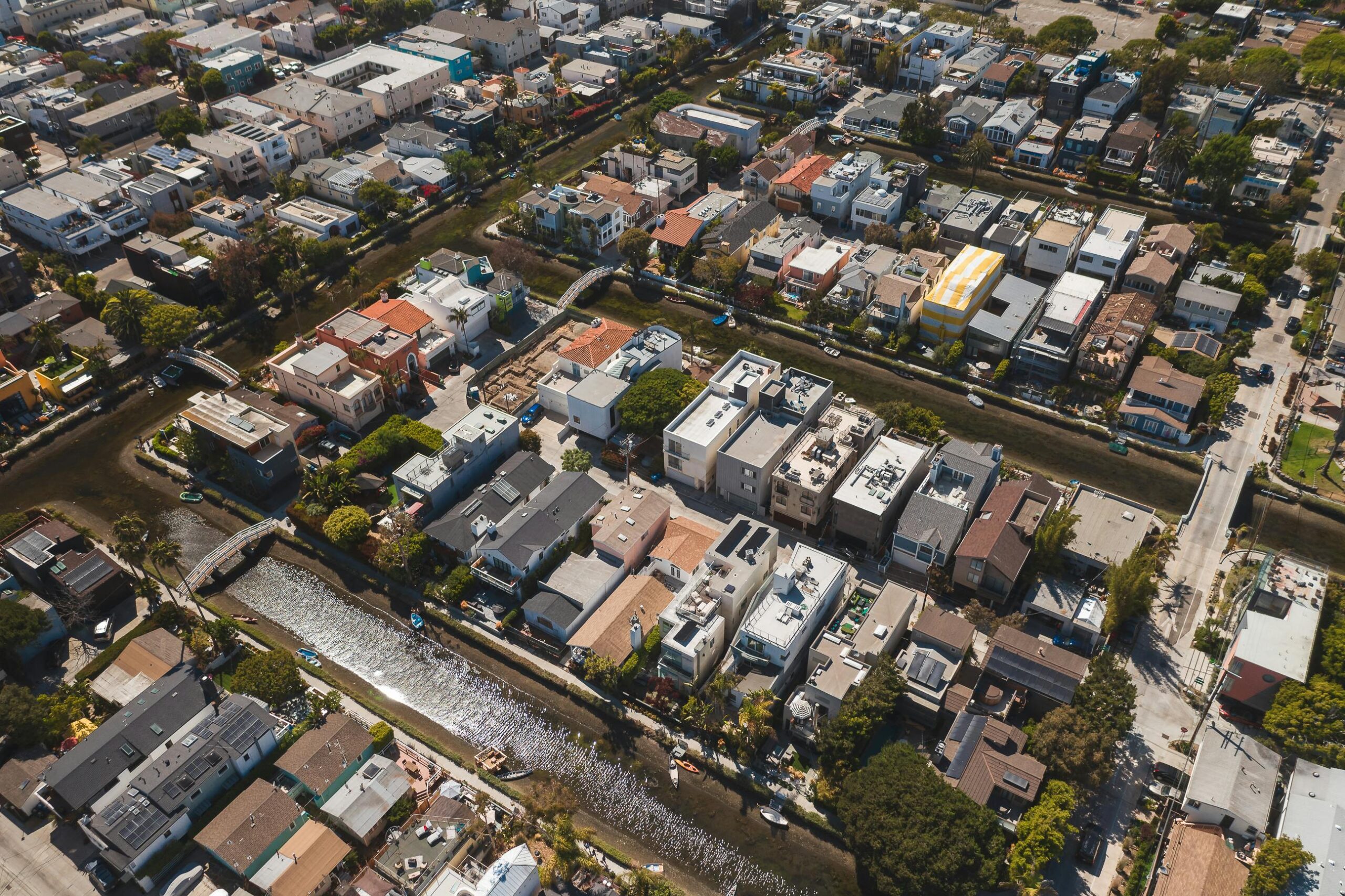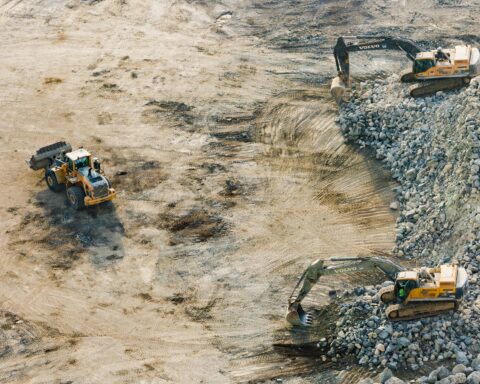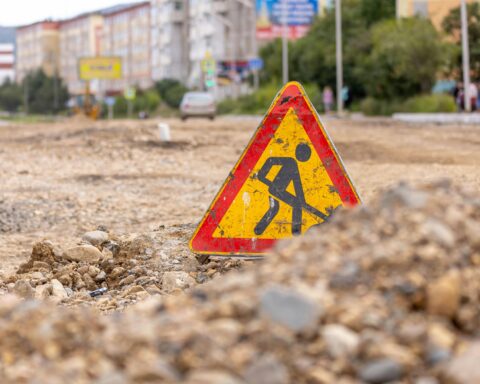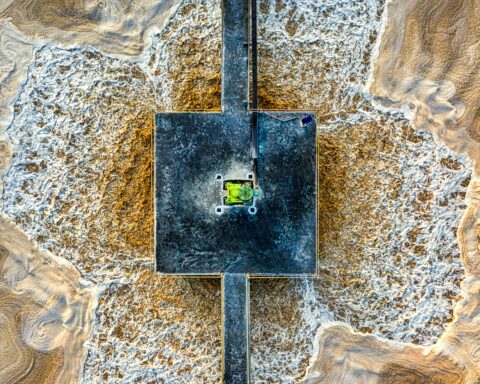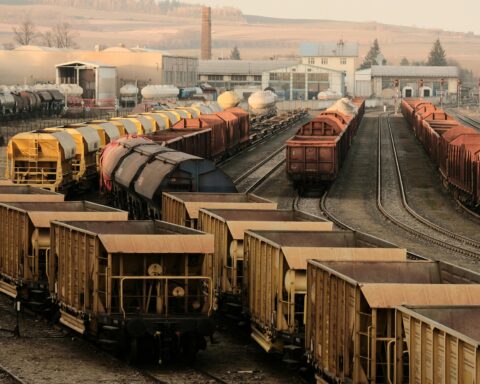The California Department of Housing and Community Development (HCD) has announced a $101 million commitment to help rebuild affordable multifamily rental housing in fire-damaged Los Angeles communities.
This announcement comes six months after wildfires devastated the region and displaced thousands of families. The Multifamily Finance Super (MFSN) Notice of Funding Availability (NOFO) allows affordable housing developers to apply to multiple funding programs through a single application. In February, HCD released an MFSN NOFO announcing $382 million available for development of affordable multifamily rental housing statewide and in March, it announced a separate $50 million Tribal MFSN, according to the release.
The special $101 million MFSN NOFO announcement — referred to as the MFSN-LA Disaster — provides additional funding to support recovery and rebuilding efforts from the wildfires that surged through Los Angeles County in January. According to the release, the MFSN-LA Disaster NOFO seeks to meet the immediate housing needs of disaster-impacted areas and residents in Los Angeles as quickly as possible by prioritizing projects that are close to wildfire burn areas, shovel-ready and include a resident preference for households displaced by the wildfires.
Applications are available on the HCD website, and applications for the first phase of funding must be submitted by Aug. 21. The HCD will announce phase one awards in November, according to the release.
This MFSN-LA Disaster NOFO will use a two-phase award process to speed up the production of affordable housing. If funds remain after assessment of all shovel-ready project applications, HCD will continue accepting applications for all eligible projects until all funds are disbursed.
According to the release, the funding includes grants for infrastructure needed to facilitate housing development, with a focus on disaster resilience and mitigation, low-interest loans for the development of new multifamily units affordable to low-income households and operating subsidy reserves to support the projects long-term. Additionally, all projects will be required to remain affordable for at least 55 years.
Photo by RDNE Stock project from Pexels



